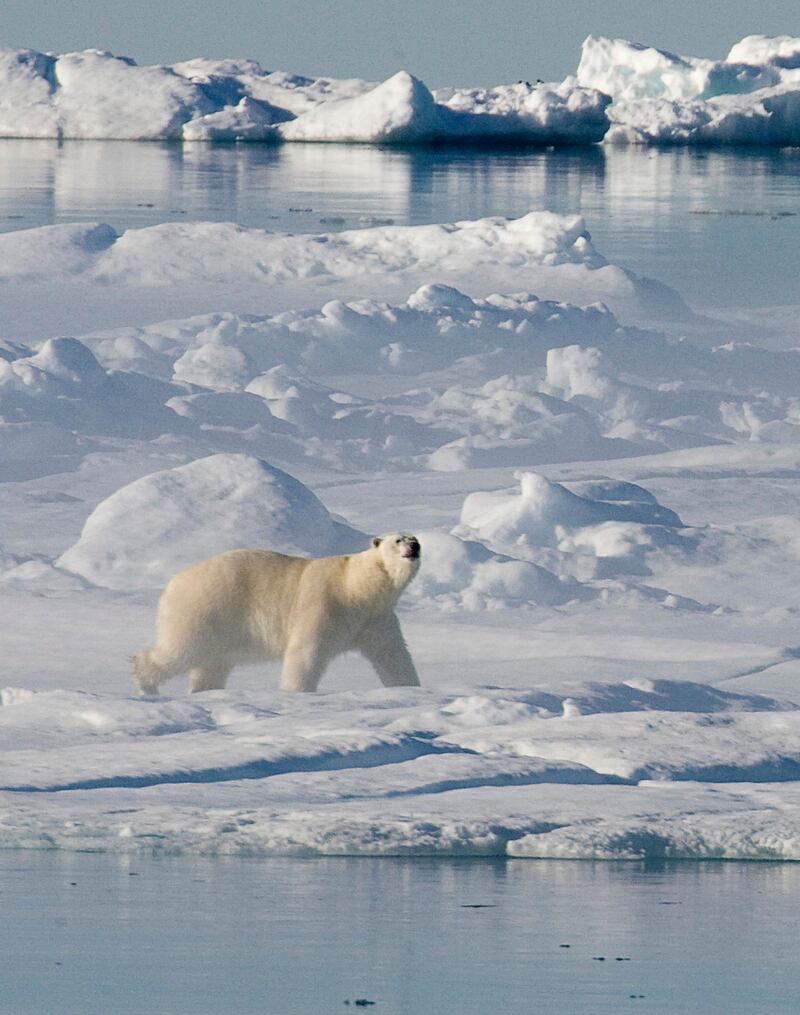A British explorer is seeking to become the first person to sail to the North Pole, a feat made possible only because of the effects of climate change and the shrinking of the ice cap.
Pen Hadow – the first man to walk solo from the Canadian coast to the pole in 2003 – is due to embark on a 3,500-mile round-trip next month from Alaska and exploit gaps in the sea ice to reach the world’s northernmost point.
Two 50ft yachts will set off in the first week of August using satellites to navigate their way through the sea ice, which will be at its thinnest and most fragmented during the Arctic summer. They are expected to return to Nome, Alaska after six weeks.
Mr Hadow rated his prospects of success as “reasonable” and would see a yacht travel hundreds of miles further north than ever before. Specialist ice-breaking vessels have previously reached the North Pole.
The project is intended to study marine wildlife and become a potent symbol of the effect of climate change. The combined amount of polar sea ice in the Arctic and Antarctic has reduced by an area the size of Mexico during the last 35 years, according to Nasa.
Mr Hadow’s achievement of 2003 would no longer be possible because of the cracks in the sea ice he told the BBC on Monday. Even during that trek, he spent hours in a protective suit swimming between ice floes.
A photograph of a yacht at the North Pole would become an “iconic image of the challenge for the 21st Century, which is, are we serous about becoming a more sustainable species?”
Mr Hadow said the most immediate threats to the pristine marine environment would come from commercial fishing fleets seeking to exploit the teeming waters. The rate of ice melting would lead to commercial shipping being able to cut the length of routes by travelling through the Arctic in 20-40 years, he said.







